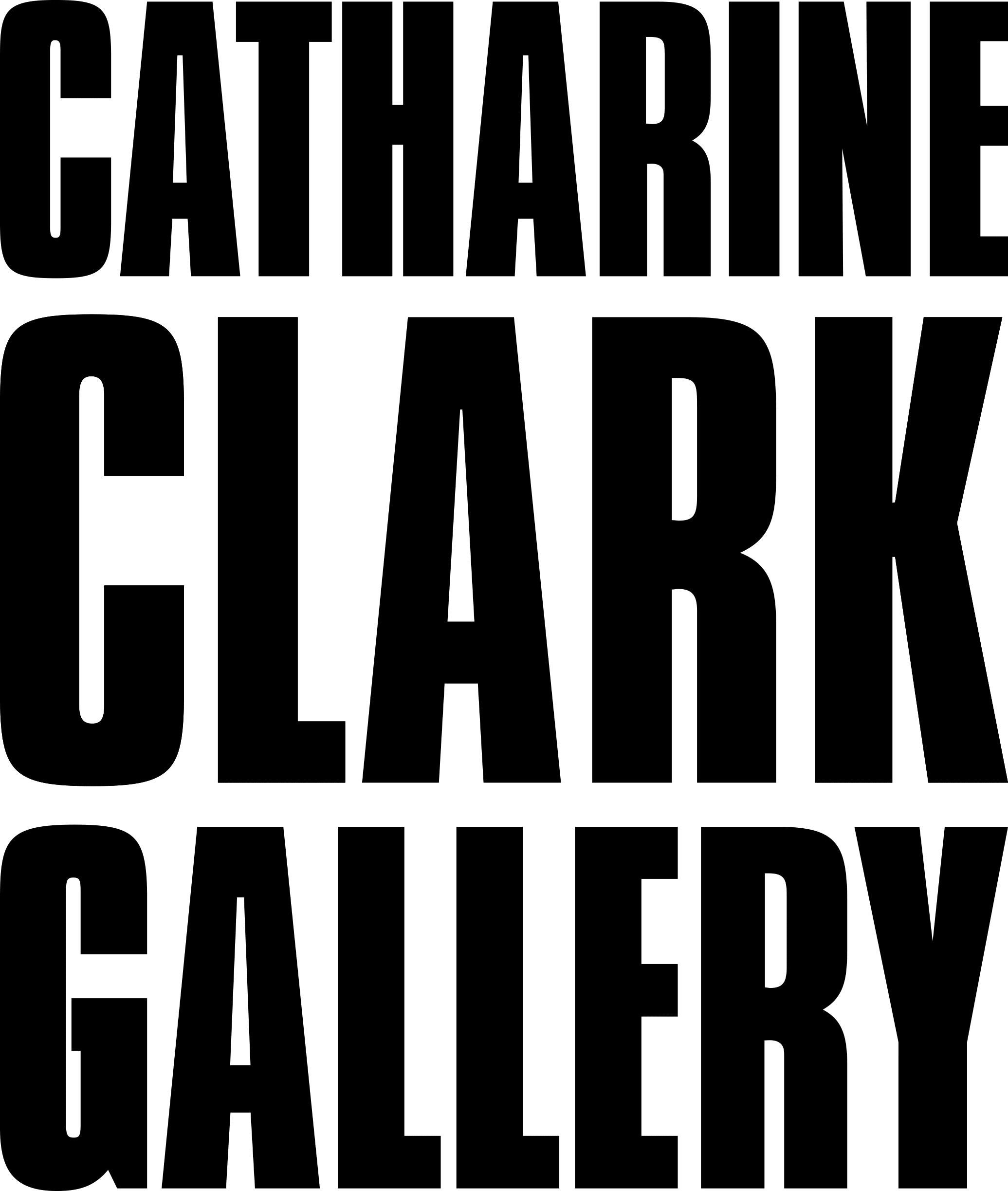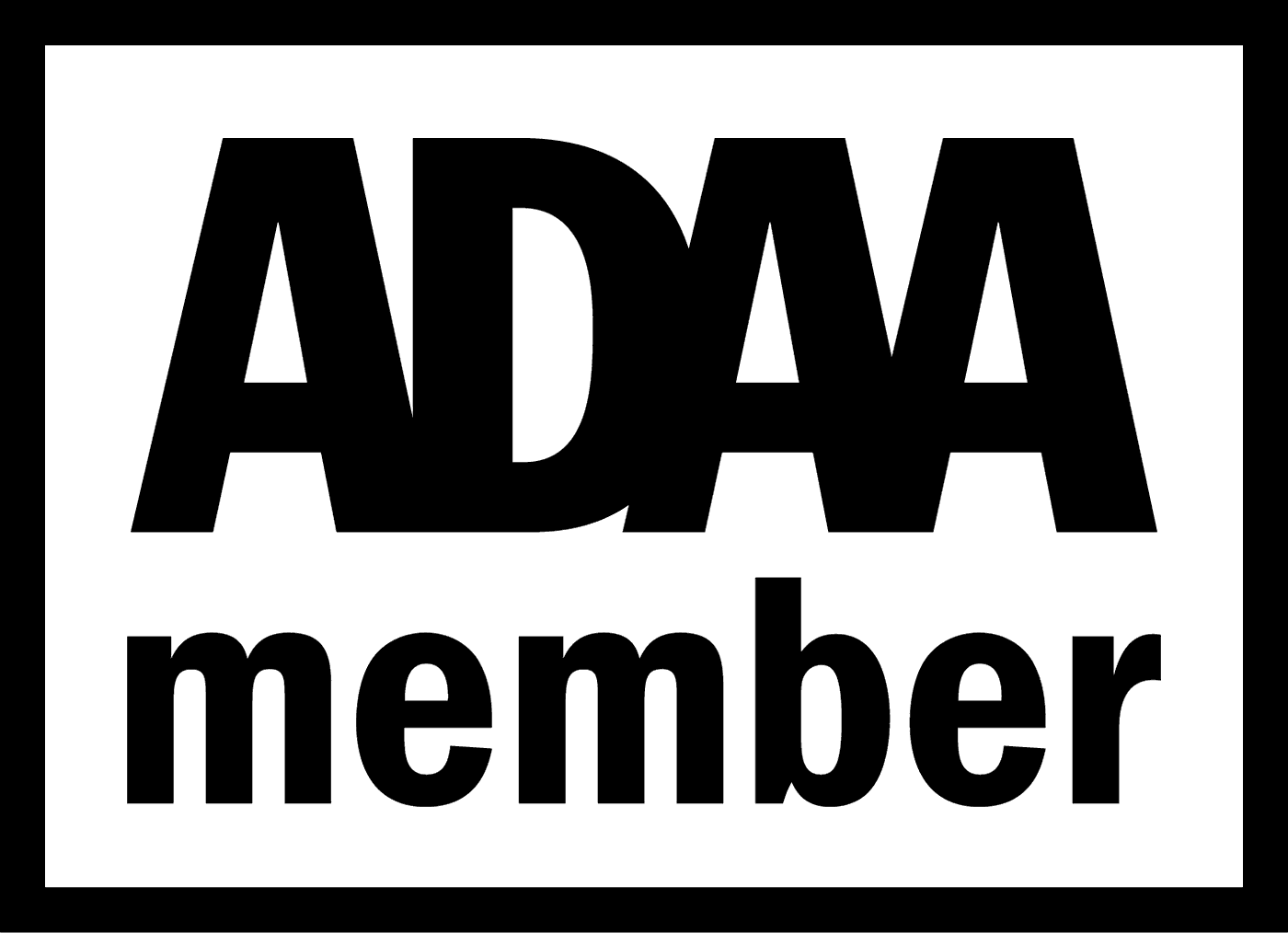This is WESA Arts, a weekly newsletter by Bill O'Driscoll providing in-depth reporting about the Pittsburgh area art scene.
Pittsburgh instinctively repurposes steel metaphors for pretty much everything, from actual heavy industry to sports teams and even restaurant menus. But with her new installation at the Carnegie Museum of Art, visiting artist Marie Watt thinks she has found a fresh way to revisit the city’s favorite alloy.
“Marie Watt: Land Stitches Water Sky” is the title of her installation in the museum’s Forum Gallery, that big first-floor space reserved for commissioned or newly presented work by living artists. Two of the four works that constitute the installation are “Quilt (Legendary)” and “Quilt (Lost Thunder Chorus),” a pair of fencelike, 7-foot-tall arcs consisting of a couple hundred short, stacked segments of I-beams laid longwise. Each segment has a bit of hand-written text welded to one of its faces, often a doubled word: “Sky Sky,” “Pride Pride,” “Ancestor Ancestor.”
Scrap metal is a familiar sight around here. But Watt, a nationally known artist based in Portland, has her own history with steel. She’s incorporated I-beams into her practice for a decade, drawing partly on her heritage as a member of the Seneca Nation. Her signature bodies of work include “Skywalker/Skyscraper,” in homage not to Jedis but to the Haudenosaunee ironworkers who climbed high to help build iconic structures from the Empire State Building to the World Trade Center.
But “Land Stitches Water Sky” (which also includes two textile-based pieces hung outside the gallery) has deep local roots. Organized by Carnegie curator of contemporary art Liz Park and assistant curator Alyssa Velazquez, it includes input from many in the region, starting with the local scrapyards where Watt sourced the I-beams, some still sporting mill stamps, like “J&L Structural.”
Watt, who conducted a walk-through of the show last week while wearing a “Marvin Gaye: What’s Going On?” T-shirt, was inspired by the singer’s iconic social-protest tune. Gaye’s way of repeating the names of those he’s entreating — “Mother, mother,” “Brother, brother” — recalled to her similar repetitions in Indigenous supplications to the sky, the land and nonhuman creatures as well.
“It’s about calling back to our ancestry and calling forward to future generations,” Watt said.
Also implicit is steel’s status as one of the world’s most recycled materials. The steel in “Quilt” might well contain molecules of a beam once riveted by a Haudenosaunee Skywalker, or manufactured by your best friend’s grandfather.
To Watt, writing on the metal transforms its meaning.
“It all of a sudden becomes obvious this is a monument,” she said. “I need to see text on the beams to remember all the hands involved in its production and making.”
Watt prompted groups of folks ranging from museum staffers to members of the Pittsburgh Poetry Collective to come up with words they associated with steel. The 160 terms that resulted — “Generations,” “Archive,” “Railroad” — were inscribed on the I-beams in chalk or pencil by members of the local creative community, including Winchester Thurston School fifth-graders. The welding was by Nick Gilson, from the studio of local sculptor Dee Briggs.
Look close at “Quilt (Lost Thunder Chorus)” for a shout-out to another facet of local industrial heritage: a small I-beam Watt fabricated in glass with Ashley McFarland, of the Pittsburgh Glass Center. The words on that one read “host ghost.”
If each piece of handwriting expresses the personality of whomever contributed it — “I’m really interested how a person’s handwriting connects to one’s body and even the cadence of one’s voice,” Watt said — the various levels of wear and corrosion marking the steel itself eloquently suggests the long arc of local history.
“The piece is a catalyst for us to share our stories,” said Watt.
Read more at: https://www.wesa.fm/arts-sports-culture/2024-04-18/art-installation-pittsburgh-new-dimensions-steel



